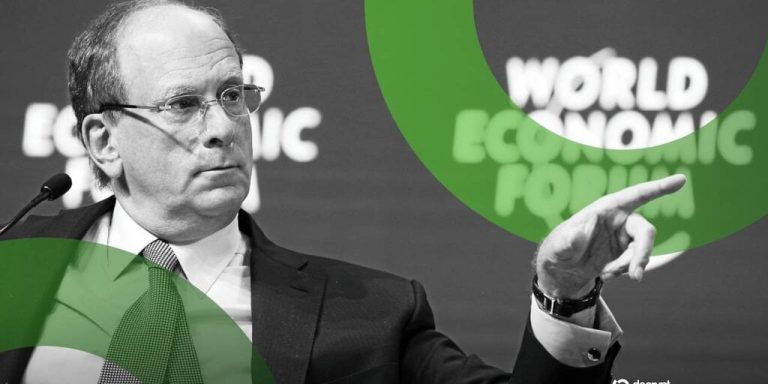
A Glimpse into European Living: Lifestyle Trends to Expect in 2025
European living is on the cusp of a significant transformation, driven by factors such as sustainability, technological advancements, and shifting social dynamics. As we approach 2025, it’s essential to understand the trends that will shape the future of living in Europe. In this article, we’ll delve into the key lifestyle trends expected to emerge in the next few years.
Sustainability and Environmental Awareness
Sustainability has become a cornerstone of European living, with many countries prioritizing eco-friendly practices and reducing their carbon footprint. By 2025, we can expect to see even more emphasis on environmental awareness, with governments and individuals working together to create a more sustainable future. This may include initiatives such as renewable energy sources, green architecture, and reduced waste management.
Technological Advancements
Technology will continue to play a vital role in shaping European living, with advancements in areas such as artificial intelligence, the Internet of Things (IoT), and smart homes. By 2025, we can expect to see more widespread adoption of these technologies, making daily life easier, more convenient, and more connected. For instance, smart homes will become increasingly prevalent, allowing residents to control their living spaces with ease and efficiency.
Shifts in Social Dynamics
European society is undergoing significant changes, with shifting demographics, urbanization, and evolving social norms. By 2025, we can expect to see more diverse and inclusive communities, with a greater emphasis on social cohesion and community building. This may include initiatives such as community-led projects, social housing, and cultural events that promote unity and understanding.
Changing Work-Life Balance
The concept of work-life balance is undergoing a significant transformation, with many Europeans prioritizing flexibility, remote work, and personal well-being. By 2025, we can expect to see more emphasis on creating a healthy balance between work and personal life, with employers and employees working together to achieve this goal. This may include initiatives such as flexible working hours, mental health support, and employee wellness programs.
Conclusion
In conclusion, European living is on the cusp of a significant transformation, driven by factors such as sustainability, technological advancements, and shifting social dynamics. As we approach 2025, it’s essential to understand the trends that will shape the future of living in Europe. By embracing these changes and working together, we can create a more sustainable, connected, and inclusive Europe for all.






